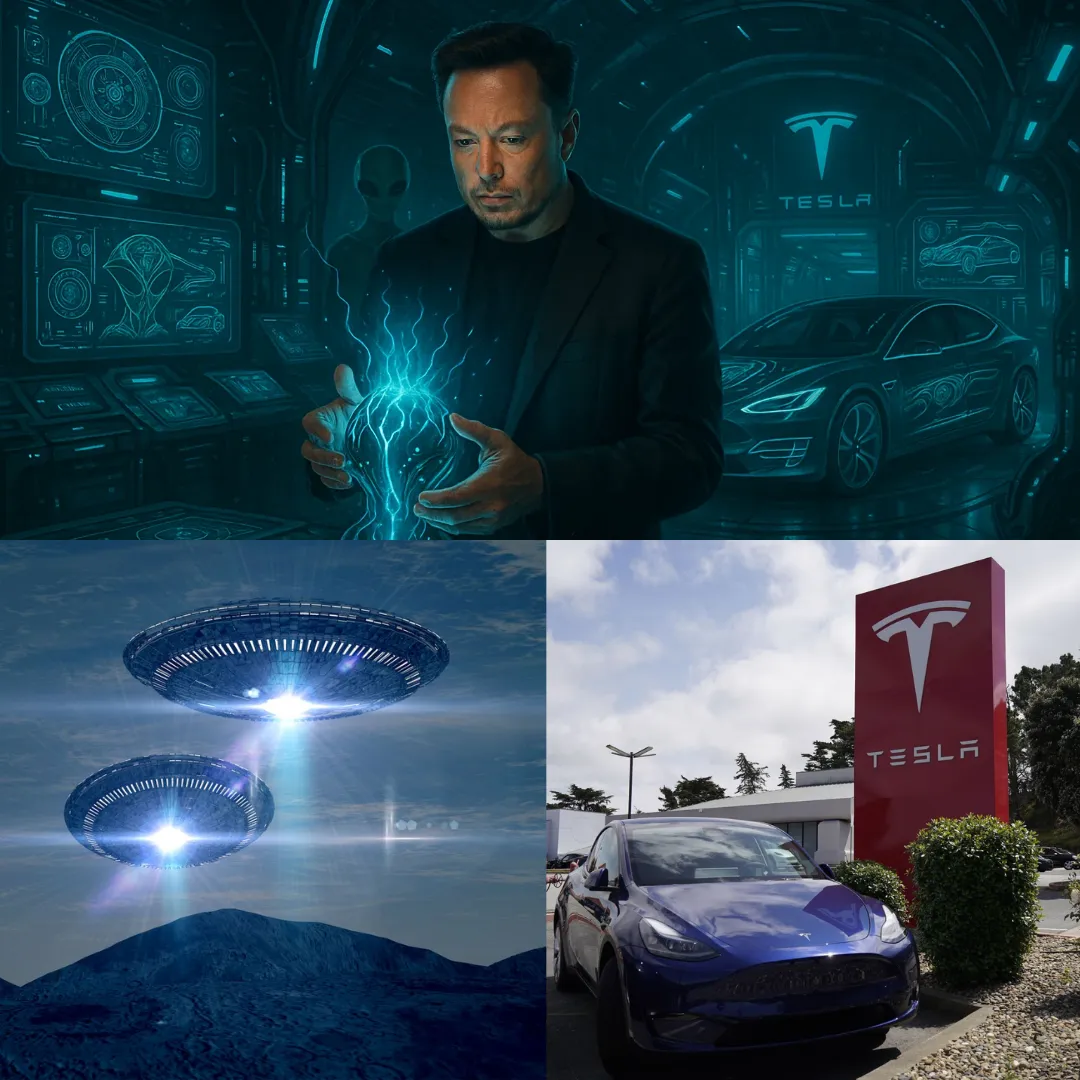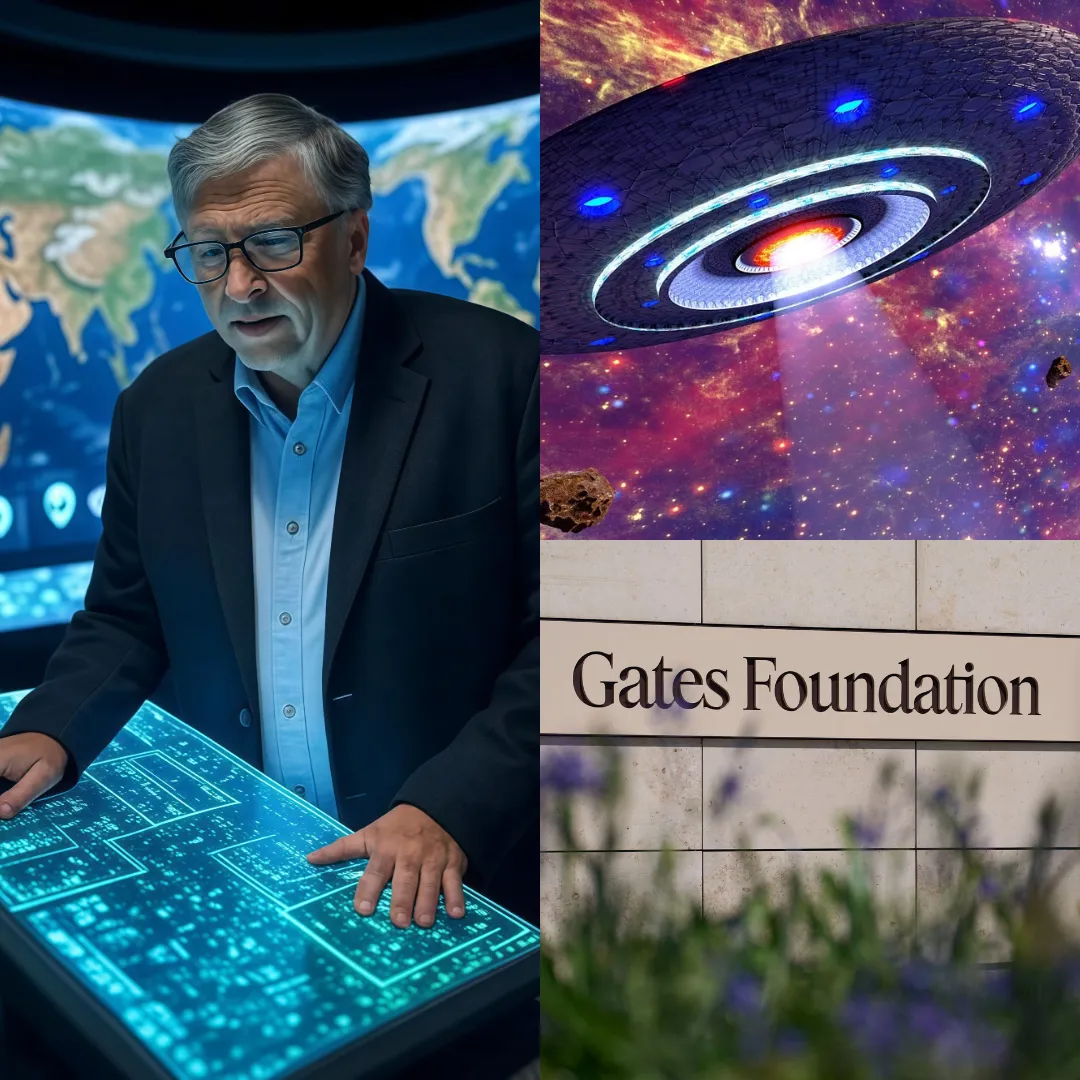
Tesla, the electric car giant led by Elon Musk, is set to launch its highly anticipated robotaxi service in Austin, Texas, on June 22, according to a statement from Musk himself. The announcement has sent waves through the tech and automotive industries, highlighting the rapid progress Tesla is making with its autonomous vehicle technology.
While the launch date remains tentative, Musk emphasized the company’s commitment to safety and warned that any delays could occur to ensure the system’s reliability before it is rolled out to the public.
This development marks a major milestone in Tesla’s self-driving initiatives, especially as Musk has been vocal about the potential of fully autonomous vehicles transforming the transportation industry.
The robotaxi service, which will operate without a human driver, promises to further disrupt the traditional ride-hailing industry by offering fully autonomous rides at competitive prices.

The service will initially be launched temporarily, and further updates will follow as Tesla assesses the functionality of the robotaxi fleet in real-world scenarios. The announcement has had a significant impact on Tesla’s stock. Following Musk's post on X, formerly known as Twitter, Tesla’s stock price surged by 5.67%.
This spike reflects growing investor confidence in the company’s ability to push the boundaries of autonomous vehicle technology, while also signaling market optimism about Tesla’s future prospects in the competitive electric vehicle (EV) sector.
Tesla has long been at the forefront of EV innovation, but the rollout of robotaxis could redefine its position in the market, creating a new revenue stream while also driving the transition to more sustainable transportation.
Tesla’s robotaxi fleet will initially use the Model Y electric SUV, which has been extensively tested for autonomous capabilities. Musk posted a video showing a black Model Y being tested on public streets in Austin, giving the world a glimpse into Tesla’s vision for the future of transportation.

The video showcases the company’s confidence in its ability to develop and deploy self-driving technology safely and efficiently. However, the test run on Austin’s public roads is only the beginning, and Tesla plans to evaluate the service’s performance before making it more widely available.
The upcoming robotaxi service has the potential to significantly reshape the way people think about personal transportation. It introduces a new paradigm where consumers may opt for robotic taxis over traditional vehicles or ride-hailing services.
Tesla’s move into the robotaxi market could pose a direct challenge to companies like Uber and Lyft, which rely on human drivers for their ride-hailing services. By eliminating the need for human drivers, Tesla can cut costs while offering an autonomous ride experience to customers, potentially changing the dynamics of the entire transportation sector.
One of the key benefits of Tesla’s robotaxi service is its cost efficiency. By removing the driver from the equation, Tesla could drastically reduce the cost per ride. This would make autonomous taxis more affordable for consumers, particularly in urban areas where the demand for ride-hailing services is high.

The idea of autonomous vehicles on a mass scale also aligns with Musk’s vision for a future where people rely less on personal car ownership, reducing the overall carbon footprint while providing a more sustainable alternative to traditional transportation.
However, there are challenges that Tesla must address before the full rollout of the robotaxi service. The technology behind autonomous vehicles is still in its infancy, with many regulatory hurdles and safety concerns to be resolved before Tesla can deploy the service on a large scale.
Tesla has been under scrutiny from safety advocates who question whether the technology is ready for widespread public use. In addition, the regulatory environment surrounding self-driving cars remains complex, with different states having different laws and requirements for autonomous vehicles.
Tesla will need to work closely with regulators to ensure that its robotaxi service meets the necessary legal and safety standards. Musk’s cautious approach to the launch of the robotaxi service reflects Tesla’s commitment to safety and quality.

Musk stated that the company is being “extremely cautious” about ensuring the service’s safety before launching it to the public. This focus on safety is crucial, given the potential risks associated with autonomous vehicles, especially when they are operating in complex urban environments.
Tesla’s decision to roll out the robotaxi service in a controlled and temporary fashion will allow the company to refine the system and address any issues that arise during the initial testing phase.
Tesla’s foray into the robotaxi market could be seen as part of the company’s broader strategy to diversify its business and expand into new revenue streams. While Tesla has been a leader in the electric vehicle market, the robotaxi service could provide a fresh source of income that doesn’t rely solely on vehicle sales.
As the service grows, it could generate significant revenue from both individual riders and fleet operators, positioning Tesla as a key player in the future of urban mobility.

If successful, the robotaxi service could open the door to even more opportunities for Tesla in the broader transportation ecosystem, including the potential for autonomous delivery services and other related innovations.
In conclusion, Tesla’s upcoming launch of its robotaxi service in Austin represents a significant step forward for the company and the entire transportation industry. While the market response has been positive, with Tesla’s stock rising following the announcement, the road to full deployment will not be without challenges.
Tesla must address safety concerns, regulatory hurdles, and technological limitations before the robotaxi service can be scaled to other cities. However, if successful, this initiative could redefine the future of transportation, offering a more sustainable, cost-effective, and efficient alternative to traditional vehicles. The coming months will be crucial in determining whether Musk’s ambitious vision for autonomous taxis becomes a reality.
-1752892778-q80.webp)


